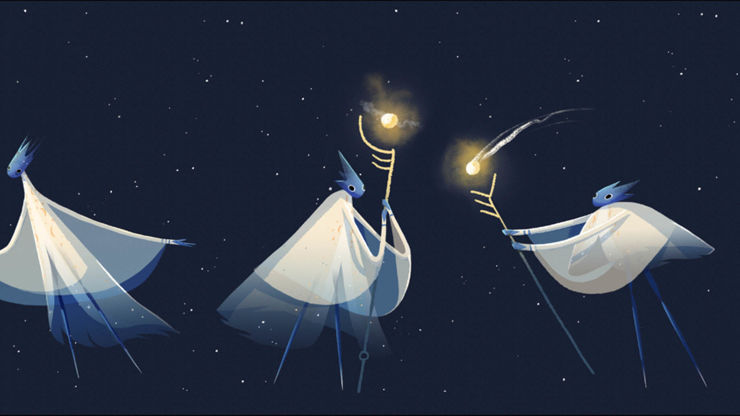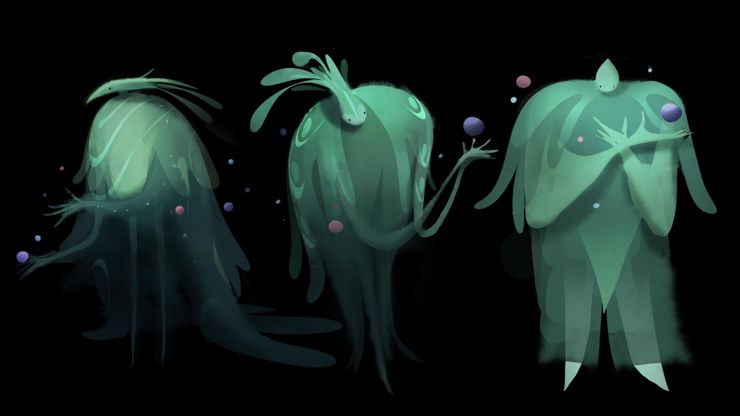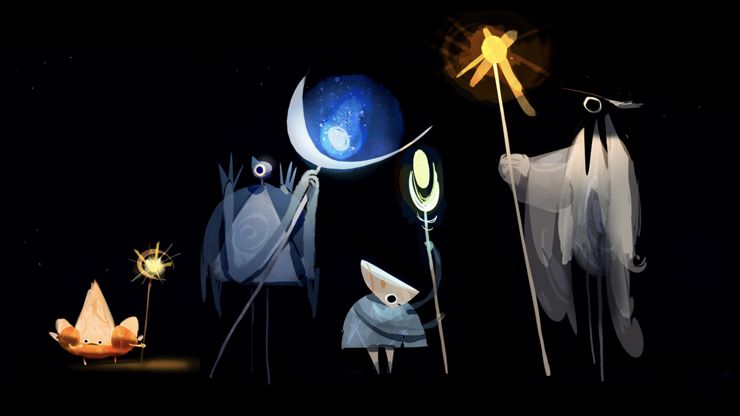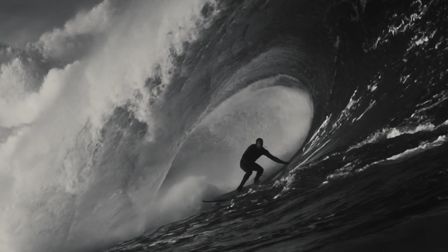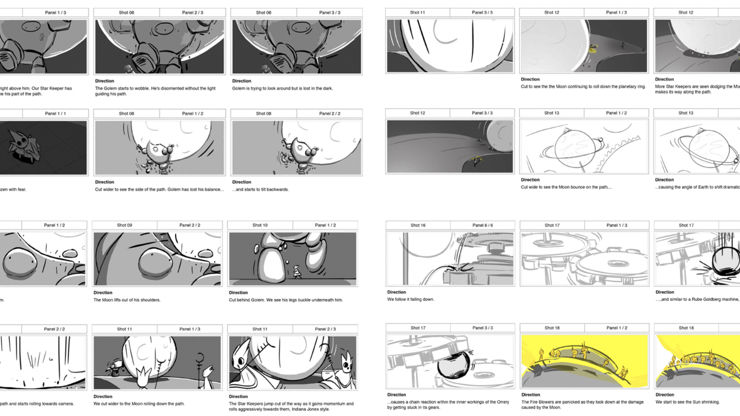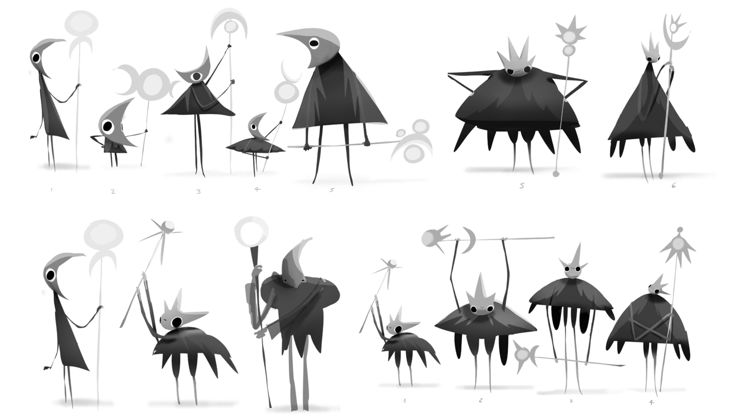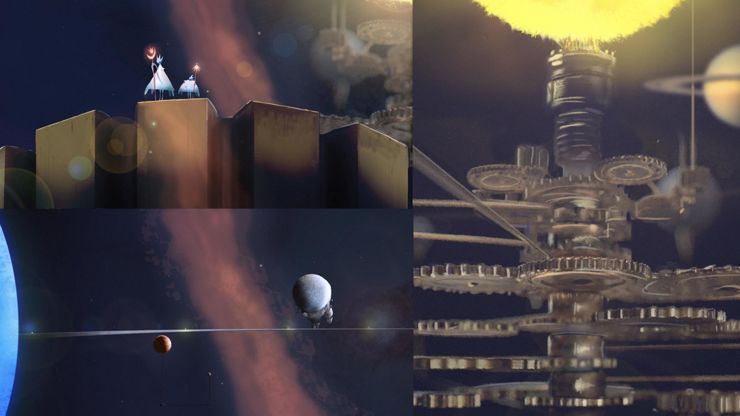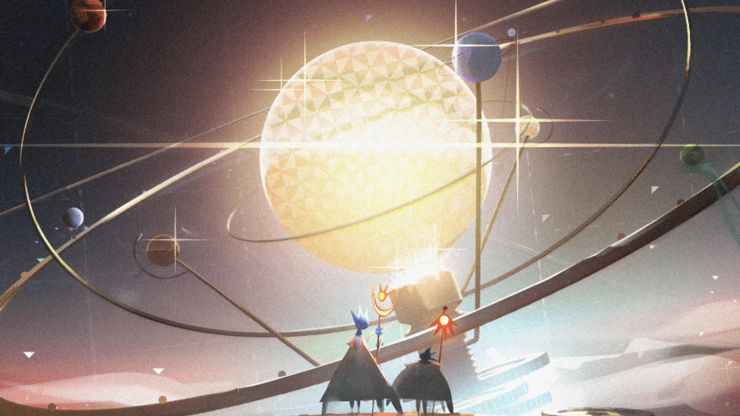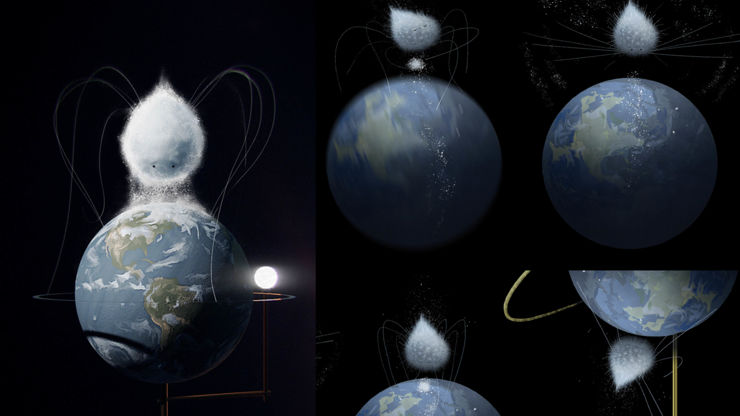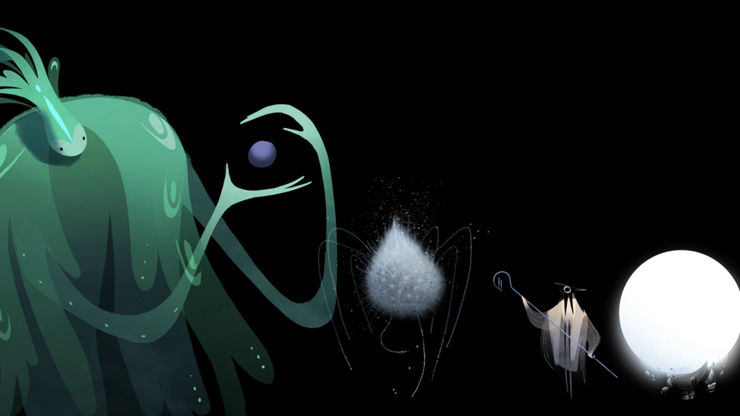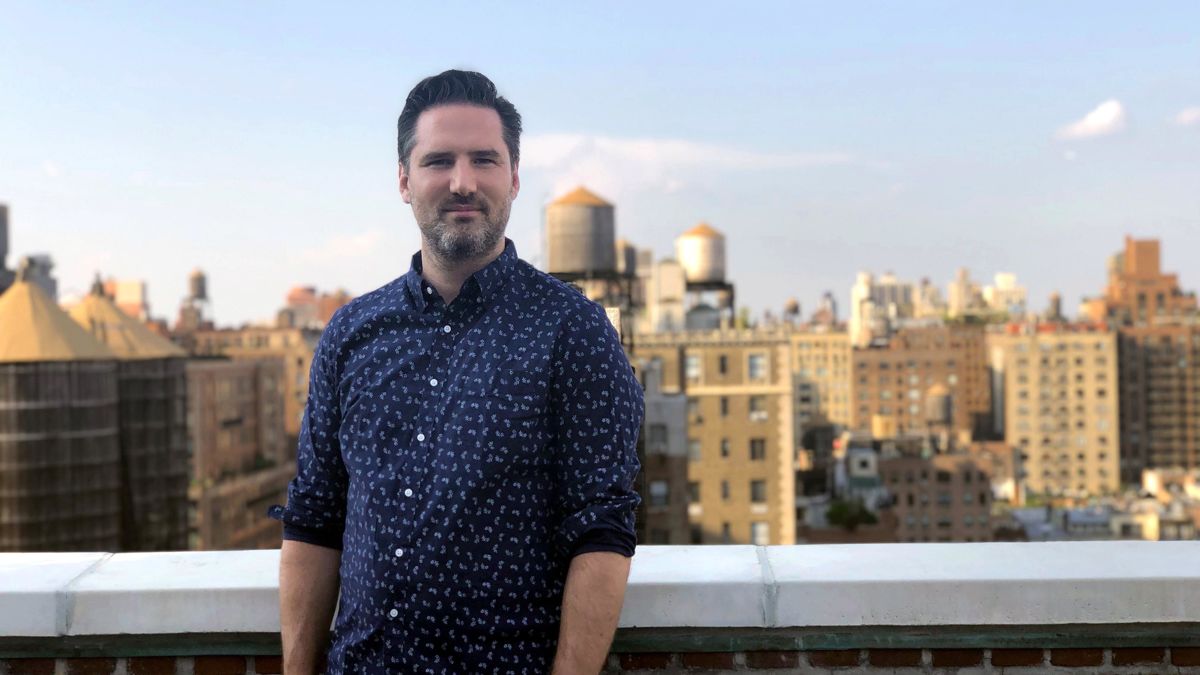How to animate an interplanetary system
Using speculative elements and leaning heavily on character design, Hornet director, Yves Geleyn, shares the story behind the brilliantly devised clockwork universe.
Director Yves Geleyn, from powerhouse animation studio, Hornet, speaks about Planimation, a meticulously crafted and deliberate piece that tackles hard subjects through metaphors.
Where does an animation like this start? Character design? Story development?
The story and its characters are the heart of all of my projects. I rarely dive into the visual language of a film before allowing the story to organically lead me to the right choice. When I start a project, a lot of my time is spent researching, writing, and finding references. Technique functions to support the story, not the other way around.
Credits
View on-
- Production Company Hornet
- Director Yves Geleyn
-
-
Unlock full credits and more with a shots membership
Credits
View on- Production Company Hornet
- Director Yves Geleyn
Explore full credits, grab hi-res stills and more on shots Vault
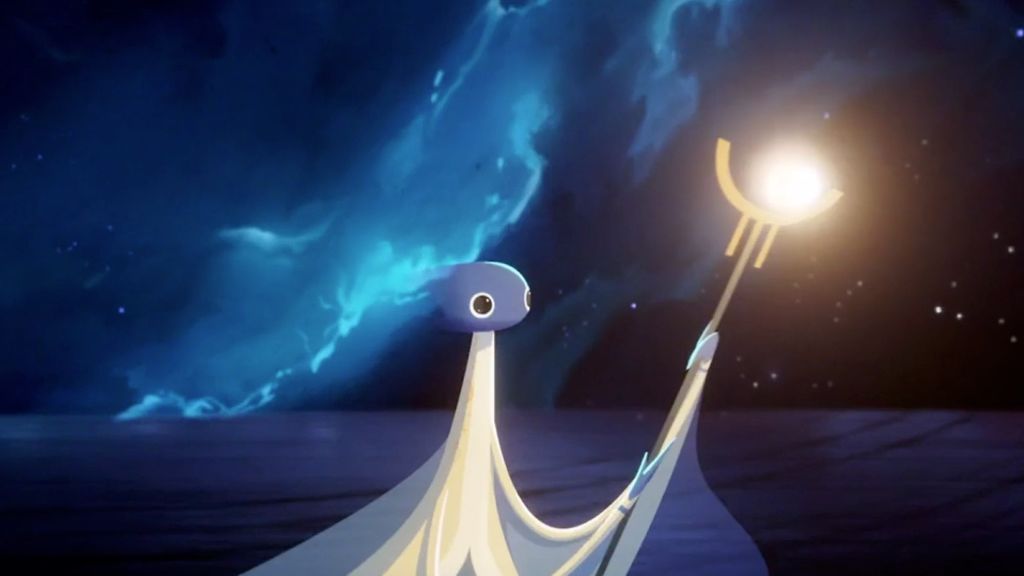
Credits
powered by- Production Company Hornet
- Director Yves Geleyn
Who is responsible for the character designs? How many revisions did you go through?
I worked with Chiara Benedetti on the character designs. I’ve been a fan of her Instagram for a while, and I’m particularly drawn to her ethereal creatures. When this project started, I immediately thought she would be amazing at exploring our celestial characters. We tried different designs based on what each celestial task in this universe was and it all came together very organically. She designed most of the character during our one week pitch phase and then our team at Hornet took over to refine and get the work production-ready.
Combining traditional cel animation with CG effects ensured the universe that was ultimately created felt entirely original.
Did you have to cut anything from this film or were you allowed to keep all the details?
It was actually the opposite! Since the story and the concept had so many details, I needed the time to develop them and carve the story arc properly. We didn’t have a hard stop at two minutes so we ended up adding an additional thirty seconds. We rarely get the leeway to spend more time on a project like this, so even if it was more work for us, I think it was worth it.
Above: Character concepts courtesy of Hornet
What parts of the film changed during the process?
Luckily on this piece not a lot changed from our initial pitch. The agency was super collaborative and supportive of our process. They gave us room to explore what we needed to make the story work but we ultimately stayed true to our initial ideas
We rarely get the leeway to spend more time on a project like this, so even if it was more work for us, I think it was worth it.
Can you talk about merging 2D animation and CGI animation? What’s that like?
I love mixing techniques. I like creating a new look, tailor-made for the creative by relying on the benefits of different techniques coming together. CGI was used to create a cinematic atmosphere to help our world feel as expansive as possible, and 2D animation helped create an illustrative, painterly aspect for the characters. These techniques helped reflect the organic and fragile nature of our characters. It's simultaneously fantastical, yet grounded in believability.
With the benefit of real lighting from the CG, rich matte paintings, and painted textures throughout, we were able to marry these techniques together in an elegant way to create a rich & unique world. Combining traditional cel animation with CG effects ensured the universe that was ultimately created felt entirely original.
Above: Stills and designs courtesy of Hornet
Did you have to push the agency in order to develop a metaphor over a more direct PSA?
The agency and client really wanted to drive towards something unique, more of an emotional piece that would inspire doctors to want to know more about treatment options for gastric cancer. At the same time, someone who has no context for the brand or the larger initiative here can be affected by the core metaphor — that many small parts make up the whole. Step by step, working together in a strategic order, we can have a longer-lasting effect on the big picture.
Technique functions to support the story, not the other way around.
As we explore new techniques and technologies, is there a particular thing that you’re looking forward to seeing more of in animation-forward advertising?
What’s been exciting is just how creative and out of the box we all have to think now due to the circumstances. It’s resulted in a lot of wonderful work, with agencies now relying more on animation because they can’t shoot. There are a lot of talented people out there doing amazing things in animation, so I’m looking forward to just seeing the work born out of this strange time.
)


